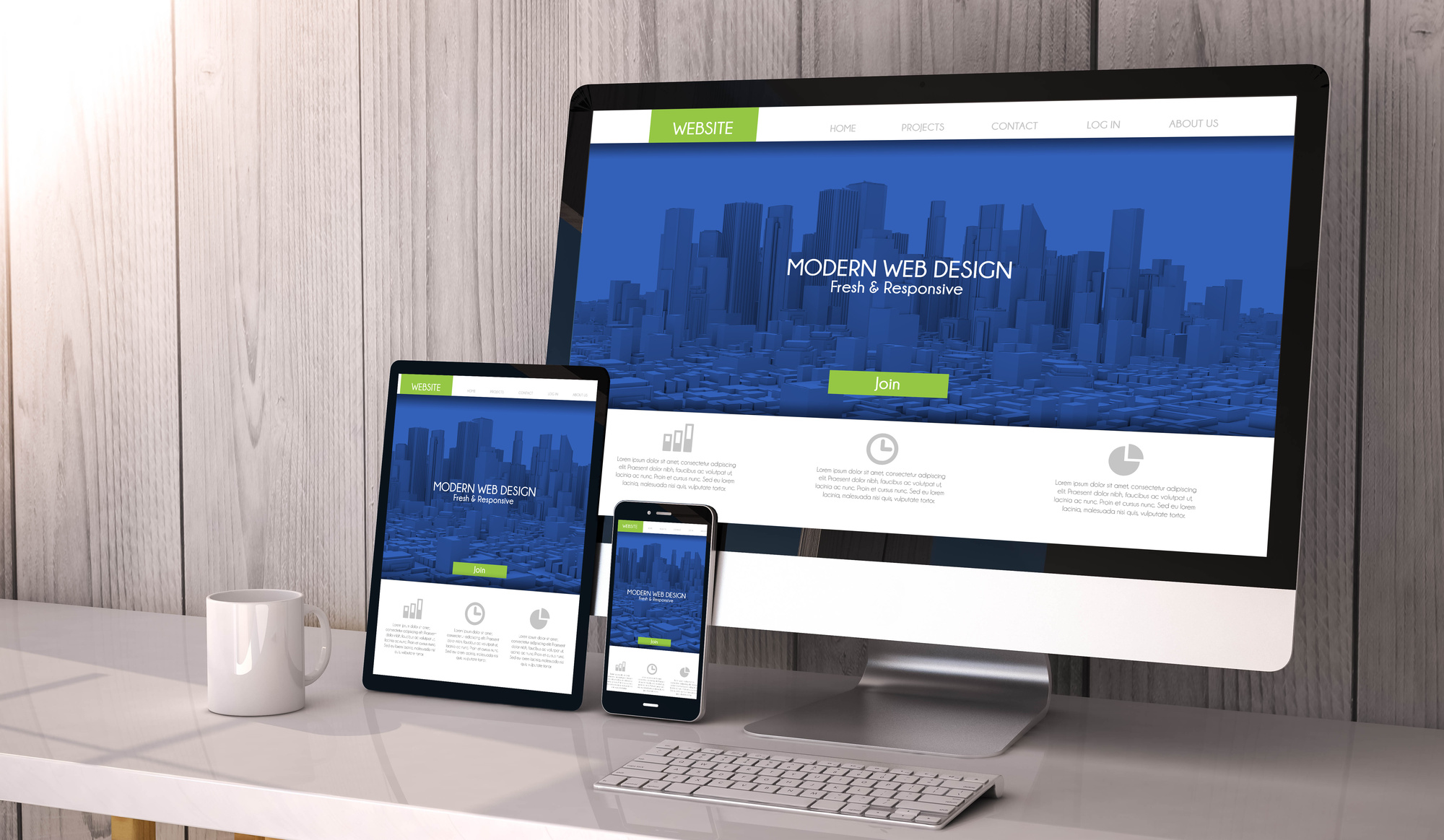
Here Are the Top Design Mistakes to Avoid When Building Apps
A custom app for your business is one of the best ways to help your customers access information or use your services. Yet it’s also one of the easiest ways to drive them away in favor of your competitors.
To make sure you’re doing your customers a favor, instead of causing them frustration, you need to avoid some key mistakes during the app-building process. When you learn from other companies’ mistakes, you’ll get results that grow your business and work for your clients.
Here are some top design mistakes to avoid when building an app.
Contents
Not Labeling Icons
Icons help app designers save space on the screen because they take up less room than copy does. According to the Nielsen Norman Group, they’re also popular because you don’t have to translate them if you’re intending to use your app in other countries with other language speakers. Yet a big problem with using only icons is that some end up being difficult to recognize.
By using labels along with your icons, more people will understand what to click on the first time. This causes less frustration and helps customers use the app the way you intended.
You can also design walk-throughs for the app so that customers can use the tutorial to guide them. Many apps start with a walk-through upon download. You can also build these in as customers access new facets of the app, or a place in your help section that they can go to access them if they feel they need extra help.
Using Vague Error Messages
This is a similar problem to web design mistakes wherein customers see a message that something went wrong but it gives no specifics. This creates a problem because the customer doesn’t know if they did something wrong or if the problem is someone else’s fault. If they don’t know what went wrong, they can’t try to fix it.
Instead, offer a little more of an explanation. It doesn’t have to be very much more, but something like “Something went wrong on our end” instead of “Something went wrong” can provide enough.
Being Inconsistent: Top Design Mistakes
Customers look for consistency throughout the app. They want a design that looks the same throughout, so they don’t encounter any surprises. The layout should be one that considers the target audience and keeps their expectations in mind.
Be consistent with the terms you use, too. If something is labeled one way in one section of the app and you call it something else in another place, your customers won’t understand right away that you’re referring to the same thing as before. It will take them longer to figure out.
Not Paying Attention to Loading Time
Fancy graphics and Java scripts look nice, but they don’t do your customers any favors. They slow down the app and make it harder to use, especially for people on the go who need it to be responsive.
Use simple graphics and basic coding to help the app run faster and smoother for your clients. They’ll appreciate the speed, and minimalist design can work well, too.
Counting on People to Use Their Fingers
Placement of buttons in apps is all about the most intuitive places that people keep their hands when using their phones. If you keep buttons in the wrong spot, it will be awkward and difficult to press them, and customers won’t like using your app. They may not be able to tell you why they don’t like it, but you can avoid the whole issue by keeping placement in mind.
Thumb usage, in particular, is important. Josh Clark in his study on app design found that 75% of design is based on where people put their thumbs, because they use them the most for app interactions. Also note that the bottom of the screen gets higher traffic than the top, so consider that location for more buttons and interactive app features.
Making Sign-Up Too Complicated
Apps that make it easy to get started are the winners. If a customer downloads an app because they want to try it out and see how easy it is to use, they may not even get past the welcome screen if it requires too much at the start.
Try giving them several options for signing in or getting started so that they can choose the fastest way or their preferred method. This gives them options, including quick ones if that is the most important part of the process for them.
Even if two-factor authentication or the option to sign in with Facebook is more expensive, consider the price and how valuable these features could be for your users. If it’s the difference between people using the app and people abandoning it, then the cost is worth it.
Forgetting About Calls-To-Action
Guiding your users through the app means helping them know where to click and what buttons to push. Invite them through calls-to-action to get started, buy now, and other command-like choices. They’ll find the process easier without having to experiment on button clicking and choices throughout the platform.
Designing Customer-Centric Interactions
The top design methods for apps are all about being proactive. If you start out knowing that you want to avoid the mistakes above, like being inconsistent or disregarding loading time, then the design process for your app will go a lot smoother.
Focus on what will be easiest for the customer. Even if it means that some things are more complicated on the design side to bring them what they want, you’ll have more success with the app.
Did you find this article helpful? Explore more articles like this on our website.


Comments are closed.